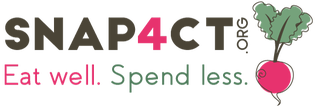Follow along with Catalina, one of your SNAP4CT nutritionists, as she explains. Or, learn more by reading on.
MyPlate Basics
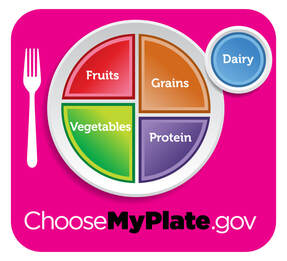
As you can see, half of our plate should be fruits and vegetables, about ¼ should be grains, about ¼ should be protein, and another small portion should be dairy.
What are Vitamins, Minerals, and Antioxidants?
- Vitamins and Minerals = small nutrients found in foods that our bodies need to grow and work properly.
- Antioxidants = defenders or fighters that help protect our bodies. Antioxidants include some vitamins and minerals like vitamins A, C, D, E, B6, folate, zinc, and selenium.
Antioxidants in MyPlate Food Groups
|
Fruits
Vitamin C is found in berries and all citrus fruits like oranges, tangerines, and lemons. Add a boost of vitamin C to your breakfast by tossing berries into your oatmeal in our super simple Berry Oatmeal recipe. |
|
Vegetables
Veggies provide us with many antioxidants! Vitamin A is in bell peppers, dark green leafy vegetables, beets, winter squash, sweet potatoes, and tomatoes. Vitamin C is also found in bell peppers, broccoli, Brussels sprouts, and dark green leafy vegetables. Dark leafy greens provide our bodies with vitamins B6 and folate, too! For an easy veggie rich meal, try Southwest Baked Potatoes. |
|
Grains
The mineral selenium is found in whole grains like brown rice, oatmeal, and whole wheat bread. Load up on selenium and other valuable nutrients with Crock Pot Vegetable Brown Rice. |
|
Protein
Almonds and sunflower seeds provide vitamin E, while eggs and legumes (beans, chickpeas, and lentils) provide vitamins B6 and folate. Zinc can also be found in protein foods like beef, poultry, seeds, chickpeas, and lentils. Get vitamins B6, folate, and zinc in this easy Vegetarian Tacos recipe. |
|
Dairy
You can find vitamin D in fortified dairy products like yogurt, milk, kefir, and milk alternatives such as soy, almond, and oat milks. Combine the vitamin and antioxidant benefits of dairy and fruit with a Fruit Yogurt Parfait. |
Keep it Simple with MyPlate
- Include a variety of whole grains, fruits, vegetables, lean proteins, and dairy every day for good nutrition.
- Different colors mean different nutrients. When choosing fruits and veggies, try to eat as many colors of the rainbow as you can, so you get a variety of nutrients.
- Buy food in its different forms. Fresh is not the only healthy option. Frozen, canned, or dried foods can be equally nutritious. If you have trouble finding one kind, substitute for another. You will get all the same benefits!
Want More Information?
- For more on MyPlate and a tour of each food group, visit our MyPlate page
- Download your Eat Well & Spend Less with MyPlate Guide (PDF)
- Learn more about your own Personal MyPlate Plan from ChooseMyPlate.gov
- Read how to Support Your Health with Nutrition from the Academy of Nutrition and Dietetics
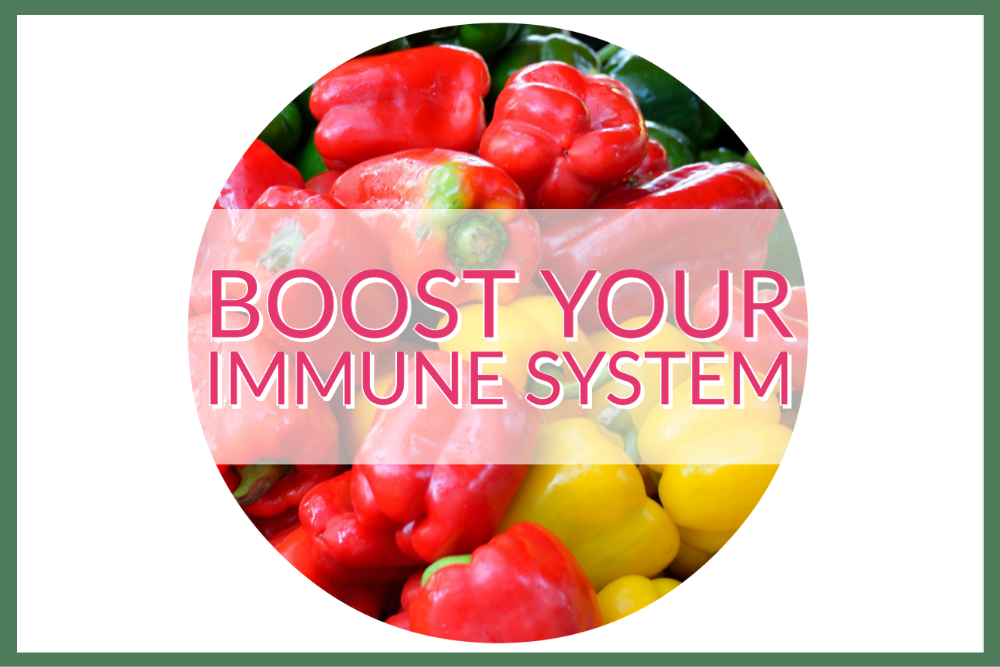
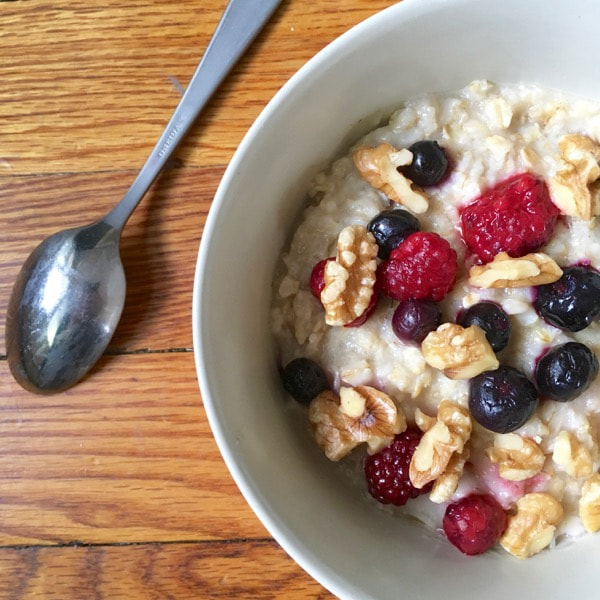
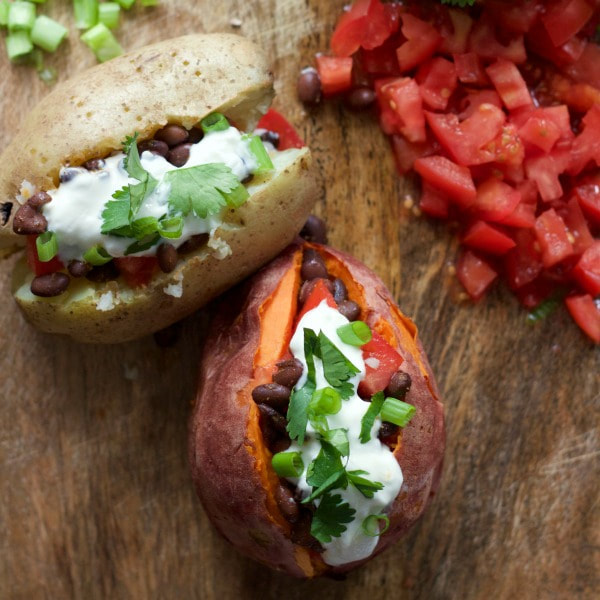
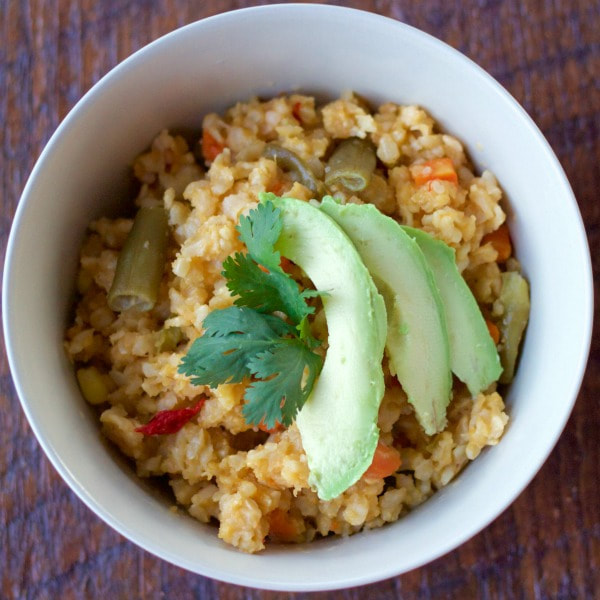
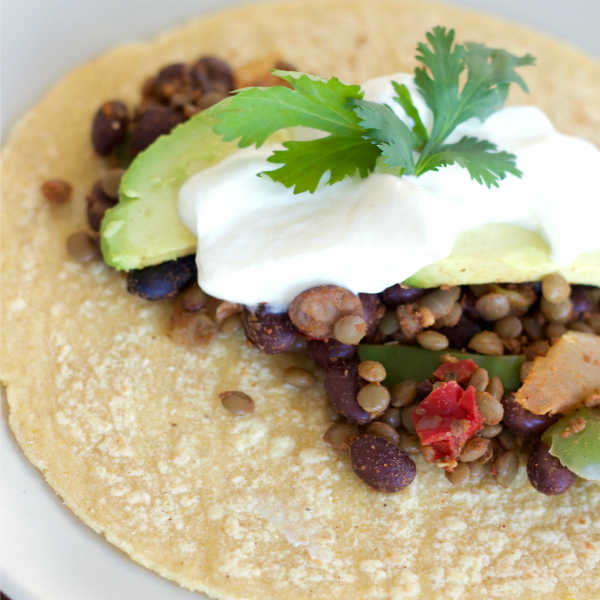
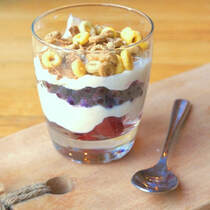

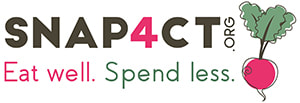
 RSS Feed
RSS Feed
